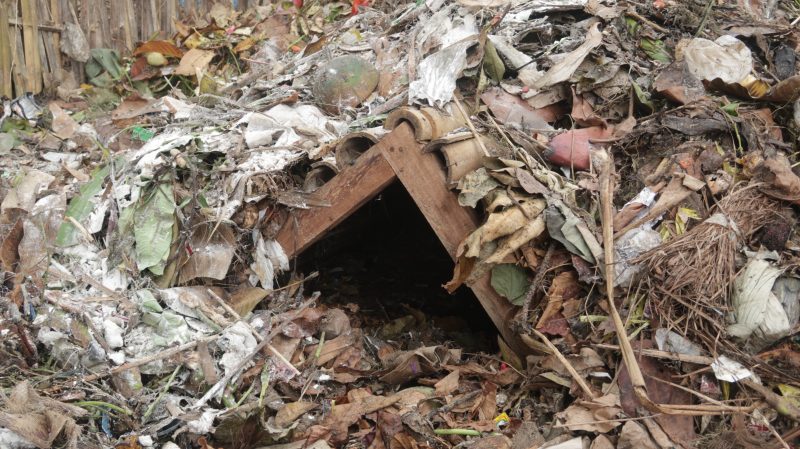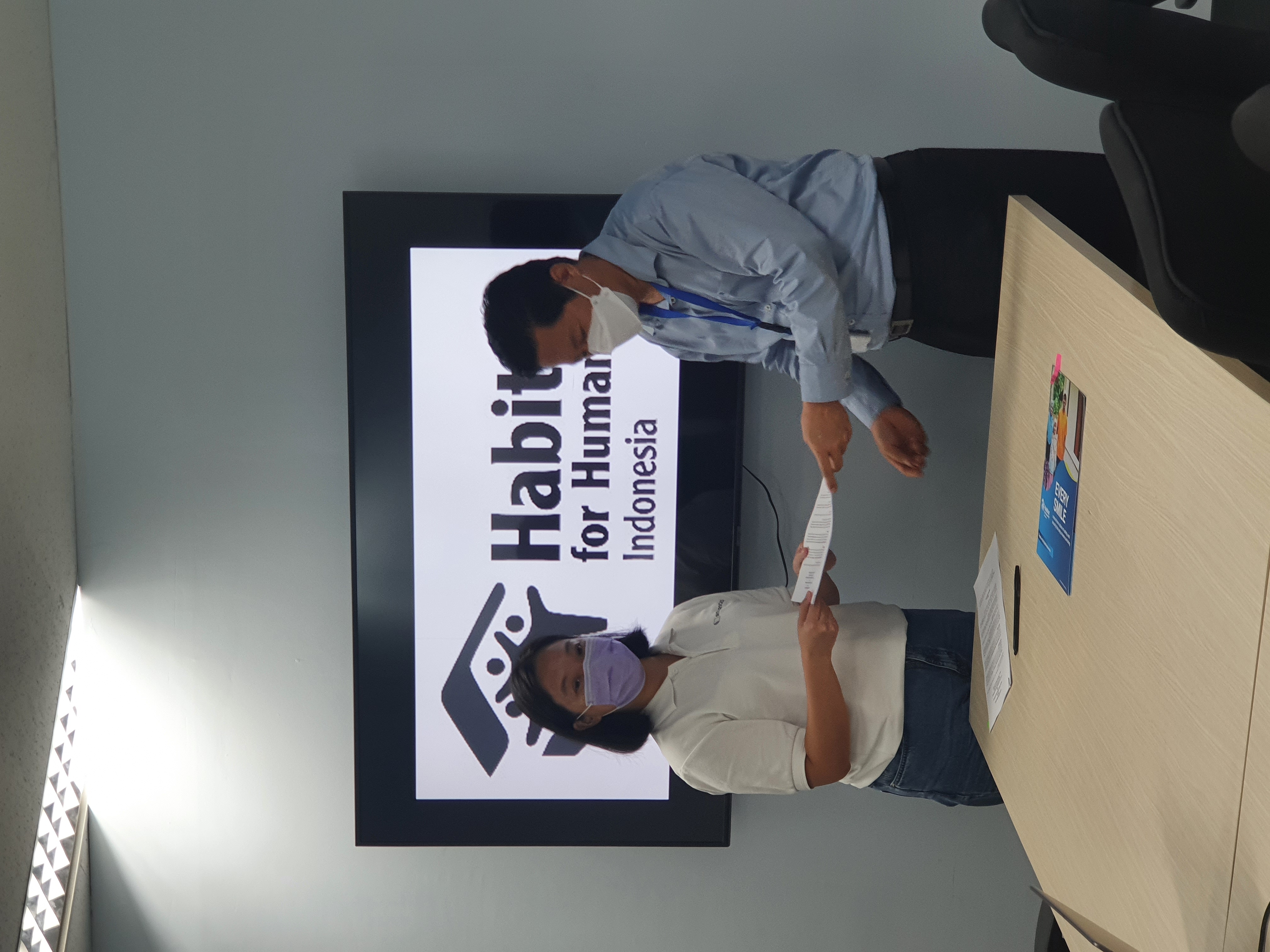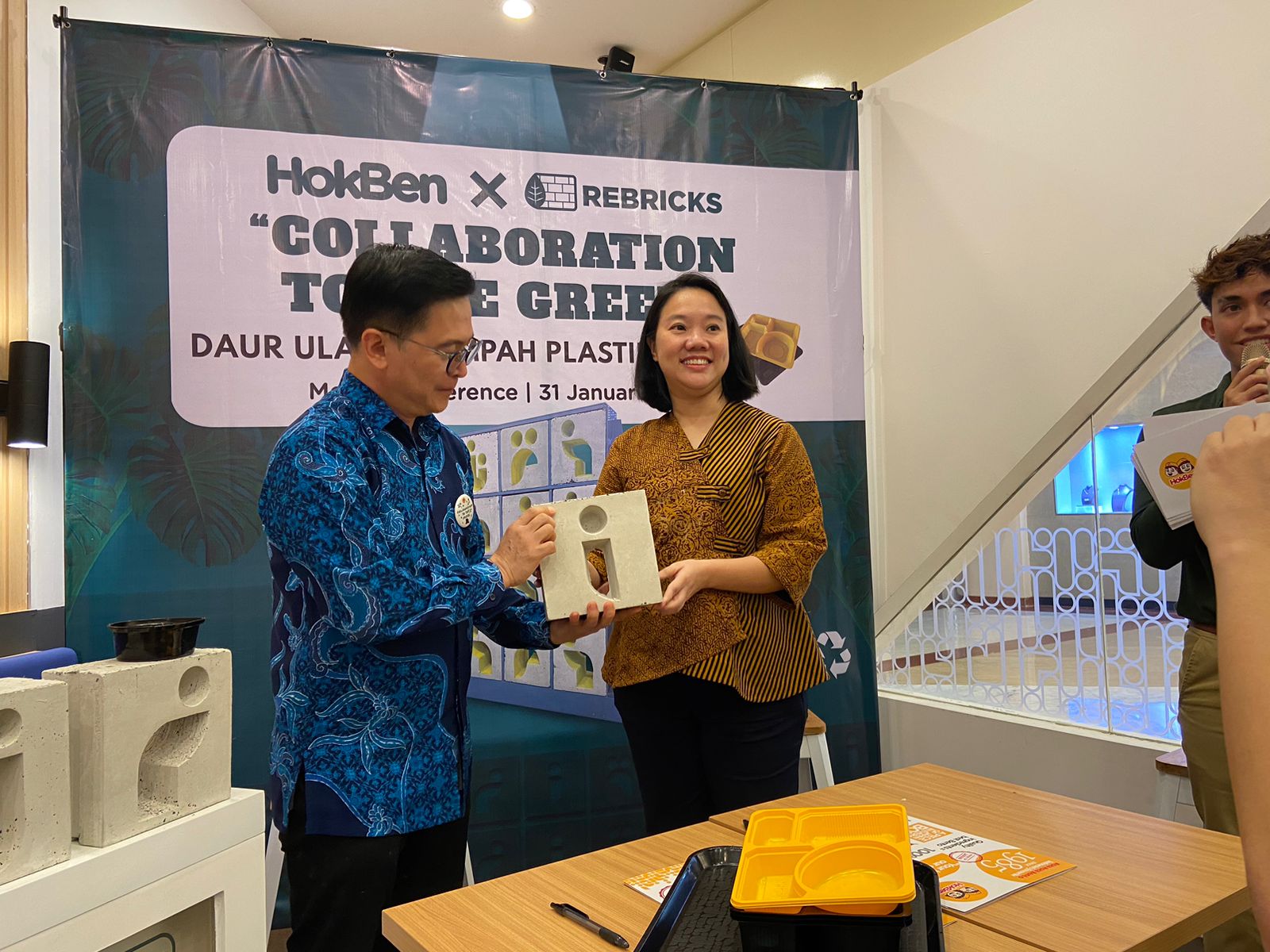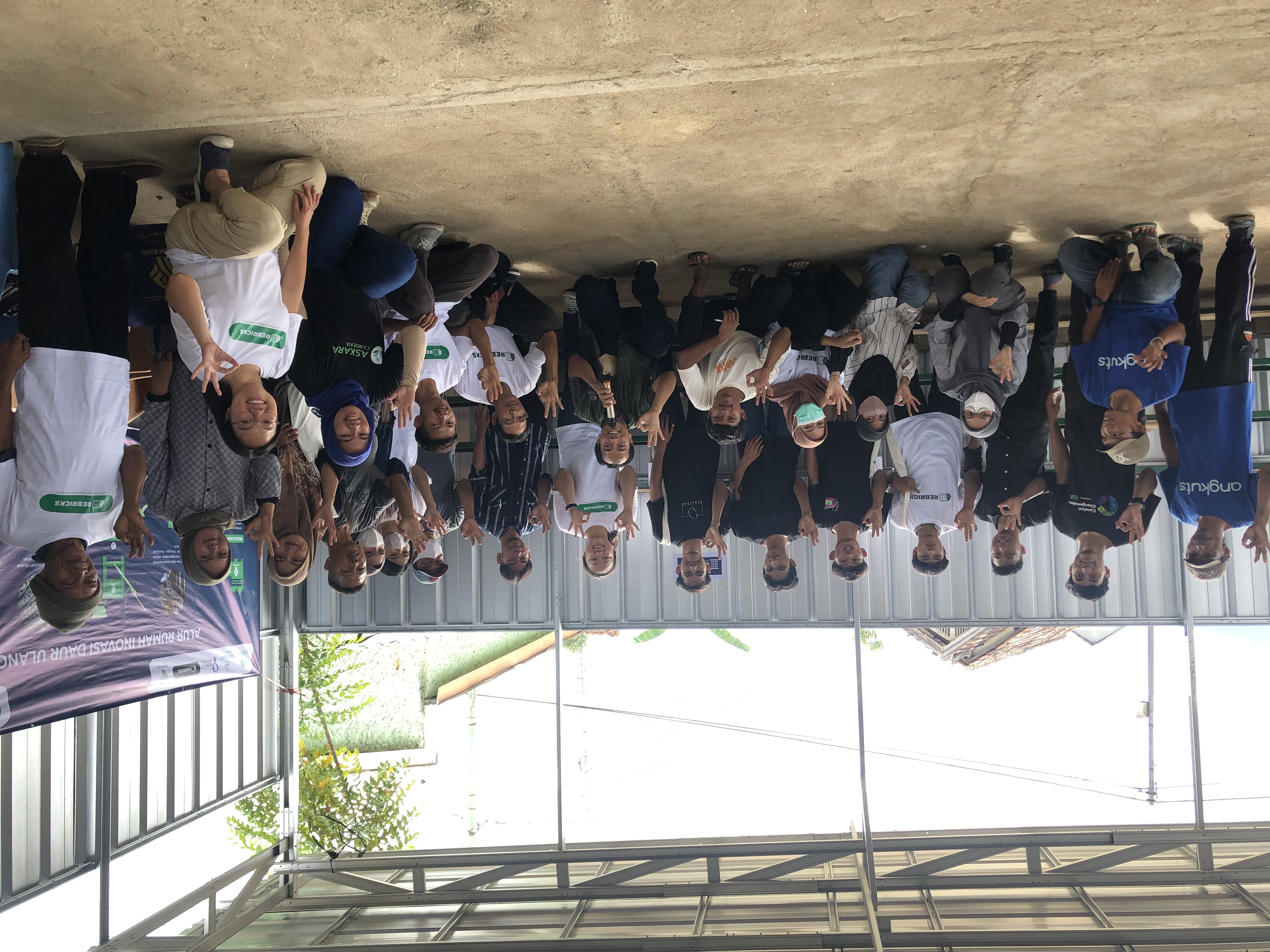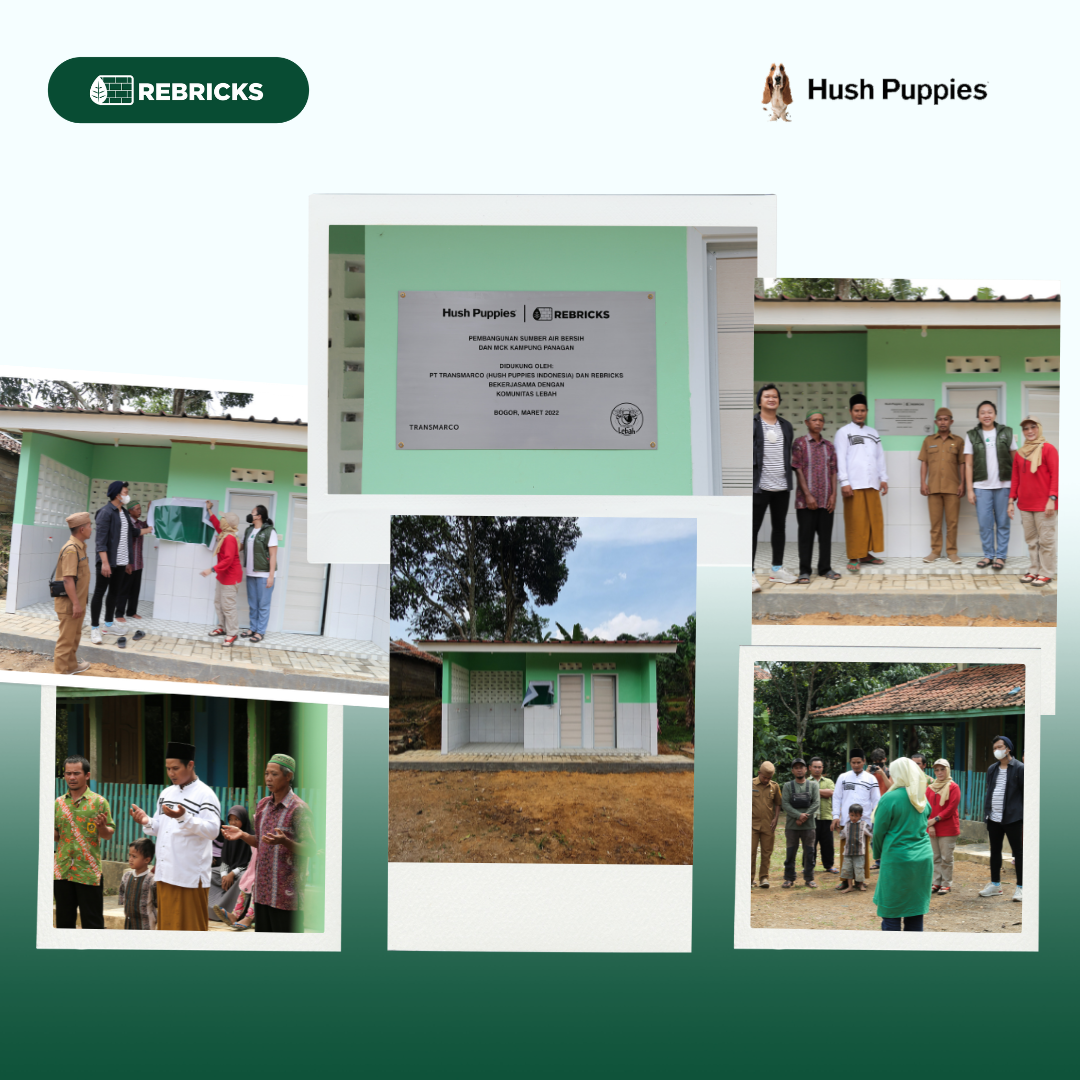Detail Activities
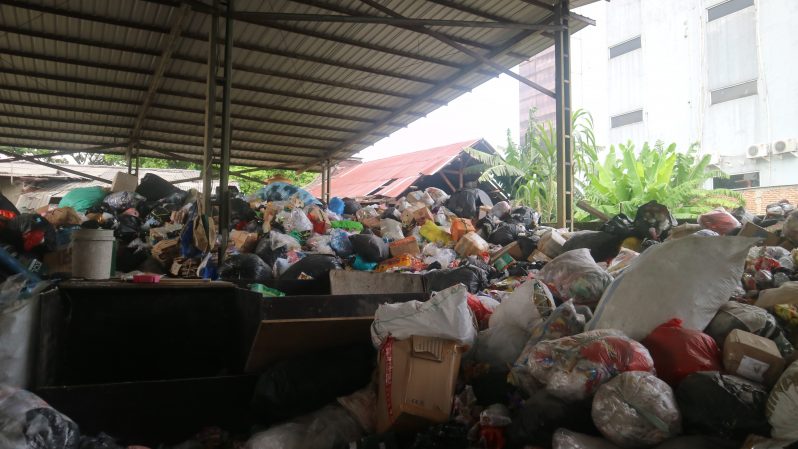
How To Trick Your Waste
It seems that the various solutions that we are currently doing are still far behind the problems that are constantly getting worse. Actually, where is the root of the problem? Can we make a change?
The Waste Sure You Produce At Home
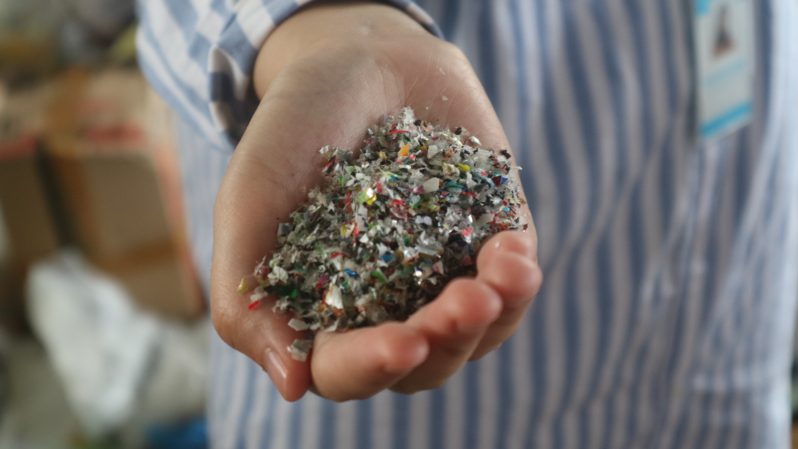
Photo 1. Plastics Crumbs/ Aviaska
If someone asks you the essence of the complicated and destructive waste problem, it might be true that it comes from our respective homes. Without exception, all homes and humans on this earth produce waste. From the simplest to the most complex activities. Therefore, what kind of waste do we produce? Is it just organic and inorganic waste? Of course not! So far we only know that these two types of waste are the ones we produce at home. But actually, we produce 3 types of waste: organic; inorganic; and B3 (Toxic Hazardous Materials).

